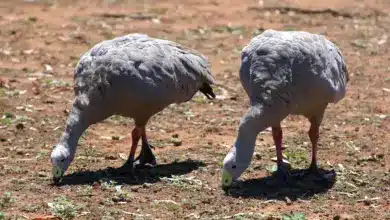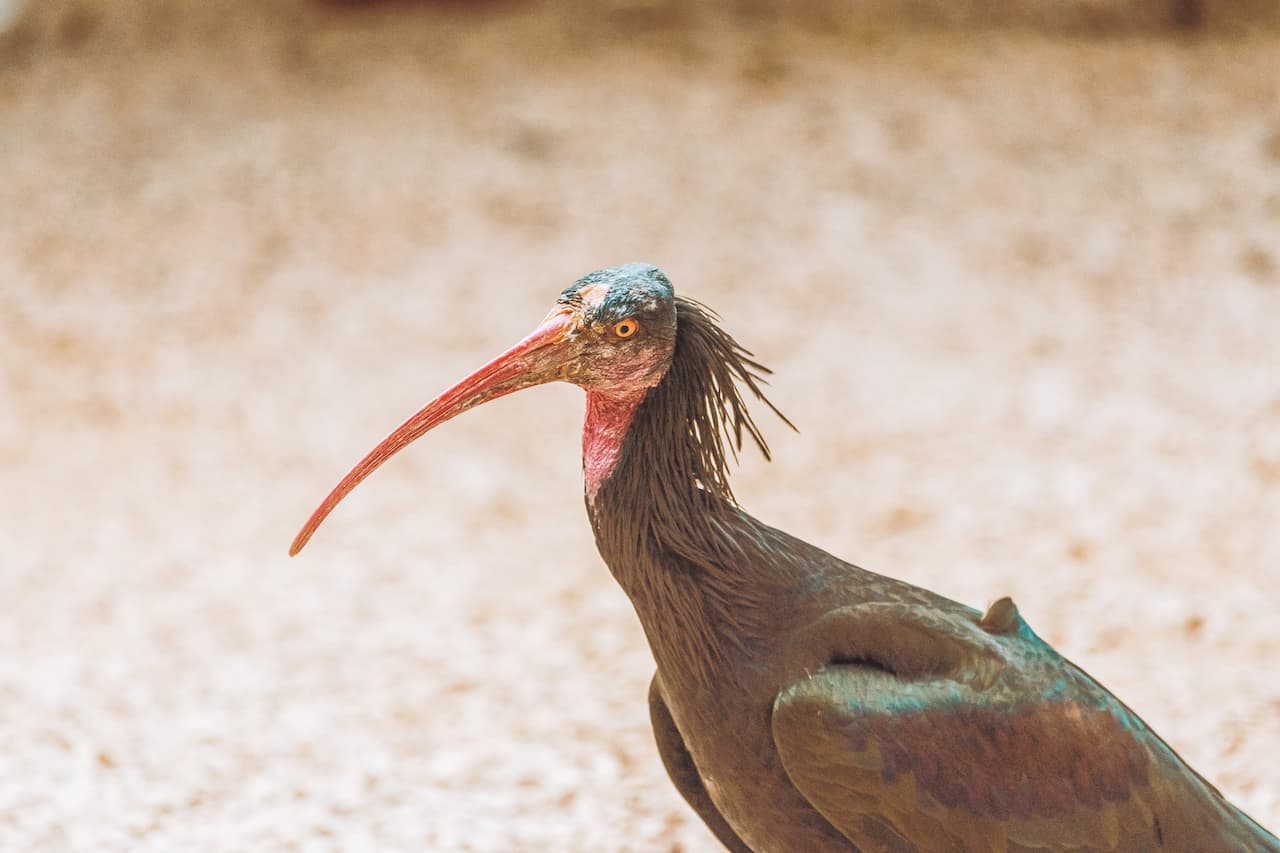Common Gulls or Mew Gulls
The Common Gulls, Larus canus is a medium-sized gull which breeds in the northwest of North America (where it is called Mew Gull), Europe and Asia. It migrates further south in winter.
The Common Gull comprises three populations, sometimes considered distinct species: Larus canus canus, the Common Gull, of western Eurasia; L. c. kamschatschensis, the “Kamchatka Gull”, of eastern Eurasia; and L. c. brachyrhynchus, the “Short-billed Gull”, which breeds in Alaska and western Canada. The European race occurs as a scarce winter visitor to coastal eastern Canada and as a vagrant to the northeastern USA.
This species breeds colonially near water or in marshes, making a lined nest on the ground or in a tree. At 43cm in length and with a 120cm wingspan, it is considerably smaller than the Herring Gull. It is only slightly smaller than the Ring-billed Gull, but its bill is shorter, more tapered, and a more greenish shade of yellow, as well as being unmarked during the breeding season.
Adult Common Gulls are grey above and white below. Their legs are greenish. They have black wing-tips with large white “mirrors”, particularly in American birds. Young birds have scaly black-brown upperparts and a neat wing pattern. They take three years to reach maturity. The call is a high-pitched “laughing” cry.
These are omnivores like most Larus gulls, and they will scavenge as well as seeking suitable small prey.





